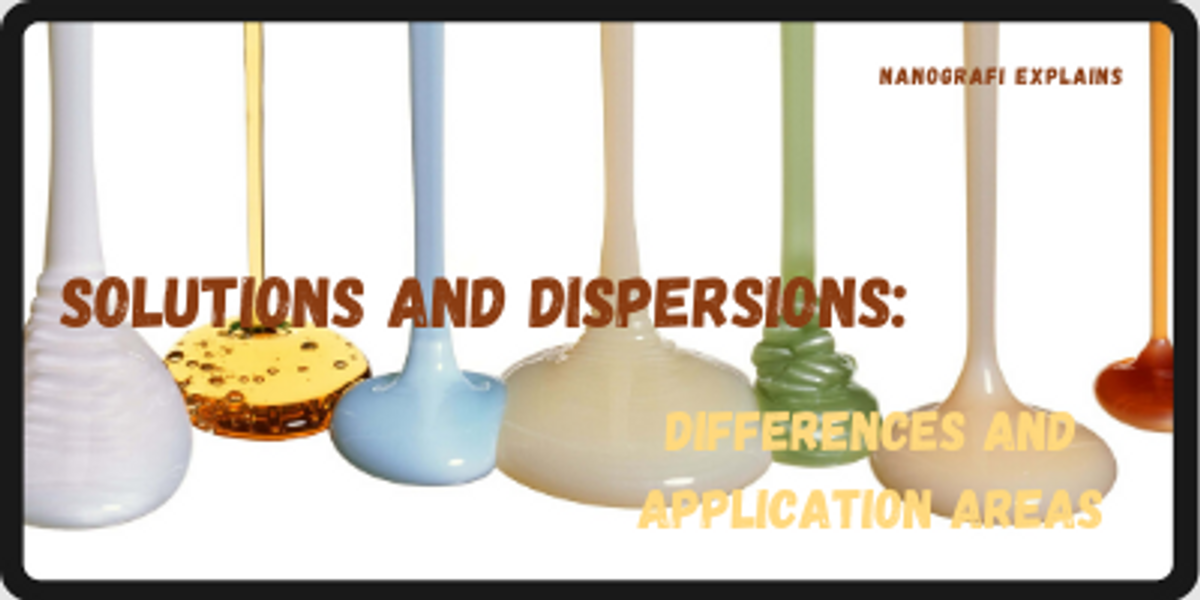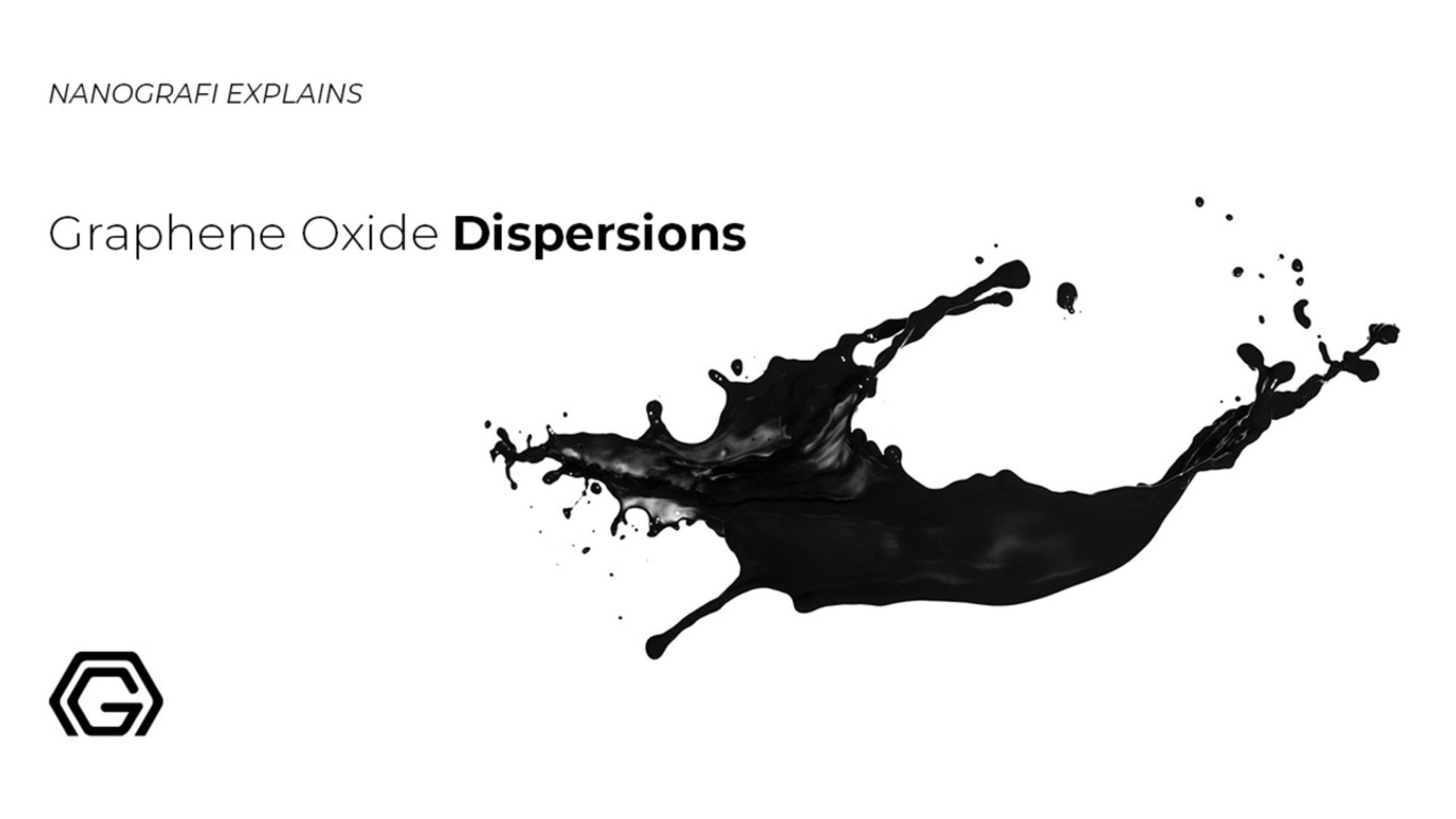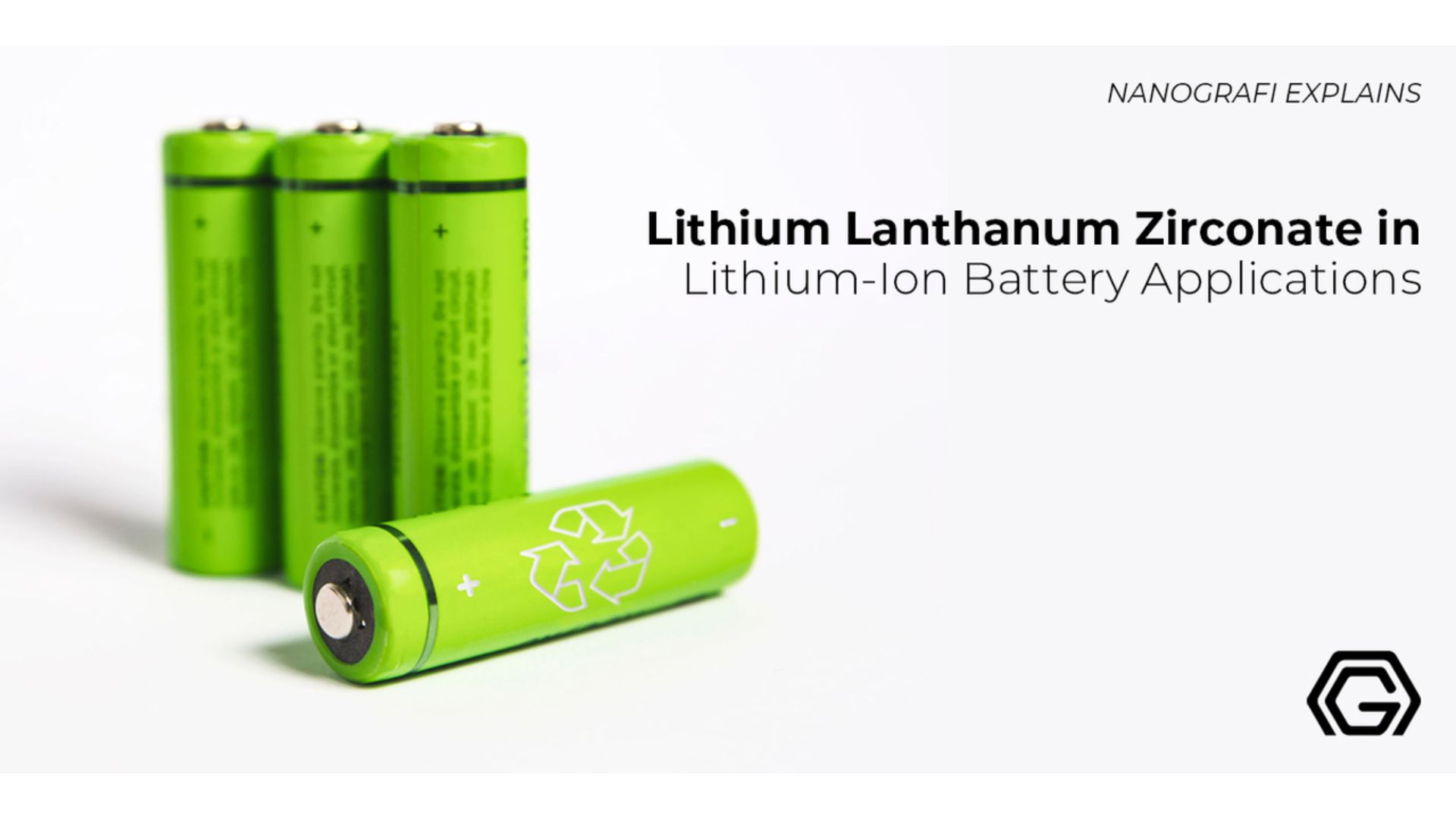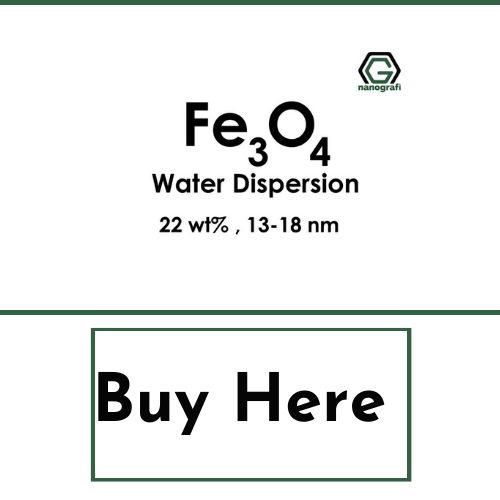Solutions and Dispersions: Differences and Application Areas
Solutions and dispersions are mixtures of two or more compounds.
The difference between solutions and dispersions stems from the interactions between mixing compounds. Solutions are single phase mixtures while dispersions contain multiple phases. Solutions and dispersions can be differentiated through the Tyndall effect and Brownian motion. Both solutions and dispersions are used in various different applications such as energy storage, food industry, cosmetics, coatings, and electronics.
Introduction
Nature offers a vast variety of elements and compounds which hold numerous different properties and reveal even more surprising characteristics through interactions with each other. It is extremely rare that an element or compound is found isolated in its pure form. Mixtures dominate the natural realm. Almost every molecule and every compound exist in interaction with different compounds. Even the purest gold is dug from amongst dirt, other metals, salts, and various other compounds; the water you drink is a mixture of various minerals. Since they hold such an important place in day to day life and any kind of industrial and scientific applications, it is a crucial task to understand the nature of mixtures and differences between them. By definition, mixtures are the physical combination of two or more substances with no specific proportions and chemical reactions. Mixtures are often categorized as homogenous and heterogeneous mixtures based on their appearances. However, it is much more substantial to differentiate mixtures based on the interaction between the compounds. Based on this, mixtures can be classified as solutions and dispersions.
What are the Differences between Solutions and Dispersions?
Solutions are defined as homogenous mixtures of two or more components in which the molecules of one component is dissolved into the other. Solutions require complete miscibility between the components and create a single phase mixture. The solute particles are not visible and most importantly particles don’t scatter a beam of light passing through. Furthermore, the dissolved particles in solutions cannot be separated through filtration or other similar physical separation processes based on size differences. In solutions, the dissolving substance is defined as the “solvent” while the dissolved substance is defined as “solute”. In other words, solute dissolves in the solvent. The most common solvent is water which forms aqueous solutions, however; it is possible to obtain a solution with various different solvents. Solutions are observed for all three phases of matter and commonly classified based on the phases of the components. The well-known solution types can be listed as liquid-liquid, liquid-solid, liquid-gas, gas-gas, and solid-solid solutions. Some examples of different types of solutions are metal alloys, electrolytes, alcohols in water, water vapor in the air (humidity), and aerated drinks. The interactions between solute and solvent break the solute material down to its molecules and distribute them evenly across the solvent. The resulting solution is a stable mixture that does not separate as long as the initial conditions are maintained. As well as the interaction between the compounds, the particle size, and the amount of solute also play an important role in distinguishing solutions from dispersions. The particle size in solutions is in the molecular scale, meaning that it is smaller than 1 nm while the amount of solute can easily be considered as “trace”. Solubility is an important factor that is based on the interactions between the solute and solvent. The temperature and pressure of the solution affect the solubility greatly. The effect of temperature and pressure is different on the different types of solutions. The solubility of gasses increases with the decreasing temperature and increasing pressure while the solubility of solids increases with the increasing temperature. The stability of solutions is maintained up to a certain point of the solute amount which is called saturation point. The saturation point is closely related to the solubility of the solute in the particular solvent. Based on the amount of solute, solutions can be classified as diluted, concentrated, and saturated. Above the saturation point, the solute in the solution starts to settle down.
On the other hand, dispersions are defined as mixtures in which particles of one compound are scattered throughout a continuous phase of another component. The prominent difference of dispersions is the different phases observed in the mixture as opposed to solutions which are single phase mixtures. Unlike solutions, the components of dispersions are immiscible which is the reason for the formation of different phases. Due to the different phases in dispersions a beam of light passing through the dispersion scatters leaving a distinguishable path behind. In contrast to solutions, the particles of dispersions can be separated by separation methods based on the size difference such as filtration. Dispersions can be heterogeneous or homogenous mixtures. Dispersions consist of a continuous and dispersed phase. The classification of dispersions is based on the particle sizes and homogeneity of the mixture. The main dispersion categories are suspensions, and colloids. Suspensions are heterogeneous mixtures that contain larger particles than solutions. The particles are distributed evenly by a mechanical force such as shaking. Unlike solutions, the particles of suspensions settle out eventually when this mechanical force is removed. The particles of suspensions are larger than 1 μm. Colloids are homogenous but cloudy mixtures which are considered to be the intermediate between solutions and suspensions. Similar to solutions, the particles of colloids do not settle out when they are left undisturbed, however, a beam of light passing through colloids does scatter. The particle size of colloids ranges between 1 nm and 1 μm. Colloids can be further classified as emulsions, aerosols, foam, and sols based on the dispersed and continuous phases involved. Emulsions are liquid-liquid dispersions of immiscible liquids. Aerosols are dispersions of solid or liquid particles in a continuous gas phase while foams are formed by the dispersion of the gas phase into the continuous liquid phase. Some examples of dispersions are creams which are oil-water dispersions, milk, fog, quicksand, and polymer particles in a liquid medium such as gelatin.
To get more information about dispersions,
you can read our blog post here.
How to Tell Solutions and Dispersions Apart?
Distinguishing dispersions and solutions is important in order to be able to understand and manipulate the properties of a mixture. The easiest way to differentiate solutions and dispersions apart is to utilize their interaction with a beam of light. As it was mentioned earlier, a beam of light does not scatter when it is passed through a solution while it does scatter when it is passed through dispersion. This scattering is caused by the reflection of light from the surfaces and inner walls of particles in the dispersion. Scattering traces a distinct path of light through the dispersion. This method is a well-known application and called the “Tyndall effect”.
Another indicator of the dispersion behavior is known as the “Brownian motion”. This is defined as the constant state of random motion of the dispersed particles. The particles in dispersion seem to move independently with no effect of density or composition. Brownian motion can be detected as the fluctuations in optical microscopic observations.
Application Areas of Solutions
Solutions hold an important place in both our day to day lives and scientific applications. Solutions of organic and inorganic compounds as well as specialized solutions such as electrolytes have various different applications.
Especially in chemical fields solutions form the base of synthesis and purification methods. Chemical reactions usually conducted in solutions since dissolving reactants in an appropriate medium increases the active surface area of reactants and facilitates accelerates the reaction. The solution medium provides tunable reaction conditions since the critical reaction factors such as temperature and pH can be easily manipulated in a solution. Furthermore, solutions provide homogenous mixing of reactants increasing the product formation. There are several different chemical synthesis methods that rely on solution mediums such as crystallization, chemical vapor deposition (CVD), and solution combustion synthesis. In crystallization, reactants are dissolved in an appropriate solvent and left to form a solid crystalline product under appropriate temperature, pressure, and pH. The solid product is simply separated from the solvent either by evaporation or filtration. This simple synthesis method provides high purity products such as salts and functionalized metal compounds. On the other hand, chemical vapor deposition is based on homogenous gas solutions of the reactants. The gas solution containing the reacting compound is deposited on a supporting surface creating a thin layer of the desired product. The homogenous nature of the gaseous solution provides the even distribution of products on the supporting surface yielding a high purity product. Chemical vapor deposition is also a well-known bottom-up synthesis method for nanotechnology applications. Nanoparticles of various different materials can be deposited on a surface from the vaporized solution of the material. Solution combustion synthesis (SCS) involves propagation of self-sustained exothermic reactions in an aqueous or sol-gel media. This process allows for the synthesis of a variety of nanoscale materials, including oxides, metals, alloys, and sulfides. Another important application of solutions in the chemical field is a pH buffer. Many synthesis methods or medical products require a set value of pH to perform as desired. Hence it is extremely important to maintain the pH environment during these applications. Buffer solutions have been utilized for this purpose in various different applications.
Another important application of solutions in the chemical industry is the extraction process. The extraction process is based on selective separation of a compound through dissolving in an appropriate solvent. The solubility differences between desired and undesired products in the solvent are exploited in this process. The target product is totally miscible in the selected solvent while the rest of the material is either partially or totally immiscible. The extraction process is utilized in various different industries such as food, cosmetics, and oil industries. It is also widely used in environmental protection applications. The food industry utilizes solvents to extract valuable compounds from natural sources. Some common products are caffeine extract, vanilla extract, and spices. Solutions are used in the cosmetic industry to extract essential oils, fragrance molecules used in perfumes, skincare products, and toiletries. The oil industry uses various different solvents for the separation of desired products or undesired components in the final product. Environmental considerations also gave rise to the use of solutions for exhaust gas, wastewater, and solid waste treatments. For example, various different solvents are suggested for the separation of carbon dioxide from the factory exhaust gasses. Furthermore, toxic components in the soils can be eliminated with the use of appropriate solvents.
Solid-solid solutions are also important materials in material sciences. Especially alloys such as stainless steel, nickel, and aluminum alloys attract attention in industrial and technological applications due to their high mechanical strength, thermal stability, electrical and thermal conductivity. The excellent mechanical strength of alloys is utilized in high temperature, high pressure applications such as high strength cutting equipment, building materials, and high pressure vessels. The improved electrical conductivity of alloys is utilized in electronic applications.
Electrolytes are electrically conductive solutions which contain ionic solutes in a solvent medium. Both aqueous and non-aqueous electrolytes are used in various different applications. Organic based aqueous as well as non-aqueous electrolytes and solid electrolytes are used in supercapacitors and rechargeable batteries as a charge carrying medium improving the capacity and cycle stability of this equipment. Furthermore, solid electrolytes are utilized in fuel cells and electrochemical sensors. Non-aqueous electrolytes are also used in phase-transfer catalysis, electro-organic synthesis, and coatings.
In addition to the scientific and industrial applications, solutions are also an integral part of our daily life. Some of the familiar applications of solutions are observed in carbonated beverages which are basically a solution of CO2 gas in sugary water; cleaning products such as bleach; alcoholic beverages, and colognes.
If you are interested in the applications of battery equipments,
you can read our blog post here.
Application Areas of Dispersions
Dispersions are an integral part of natural and industrial processes. There are several different applications of dispersions that have been utilized for a very long time as well as the novel applications developed recently. The main application areas of dispersions can be listed as paints, varnishes, inks, coatings, electronics, cosmetics, food products, lubricants, coolants, pharmaceuticals, and environmental protection.
In the paint industry, the dispersion of pigment particles in a various different medium is utilized. “Latex” paints utilize the water-based dispersions of the pigment molecules while conventional paints are commonly oil-based pigment dispersions. In addition to traditional solution-based inks, colloidal inks have also been used for a very long time. Carbon black-oil colloidal dispersions are used in the ink of newspapers. A novel approach to inks uses graphene dispersions in water based medium with polymeric stabilizers such as polyvinyl alcohol (PVA) or ethyl cellulose. Graphene inks, as opposed to conventional inks, offer a wide variety of applications from flexible conductive circuits to energy storage devices. Graphene inks combine the excellent properties of graphene such as electrical conductivity and high specific surface area with the tunable fluidity of dispersions. This injectable and printable mixture of graphene is used in 3D-printed electrodes of rechargeable batteries, micro-supercapacitors, flexible conductive circuits, electrochemical sensors, thin film transistors (TFTs), carbon-based field effect transistors (FETs), and many other application areas. Dispersions of thermally and electrically insulating nanomaterials are utilized in coatings to develop optical, thermal, and electrical barriers on industrial equipment. Dispersions are also used as thickening agents in various different industries. Colloidal microcrystalline cellulose, fumed silica, and carboxymethyl cellulose are the common examples of thickening colloidal materials. Especially fumed silica is heavily used in the concrete industry as a flow controlling and strengthening agent.
Cosmetic is another industry that uses frequently dispersions in products. The make-up and skincare products, toiletries such as toothpaste and shampoos are based on emulsions and colloids. Sunscreens commonly contain dispersed ZnO nanoparticles in oil or water based continuous phases, creams are based emulsions of oil and water while foundations and concealers are dispersions of pigments in oil or water.
Another industry that heavily depends on dispersions is the food industry. Most of the food products are essentially dispersions such as milk, ice cream, jellies, gums, butter, and mayonnaise. Thus, understanding the behavior of dispersions and the means to manipulate their properties such as stability holds an important place in the food industry. Various different compounds are used in these dispersions as stabilizers, flavoring or food coloring agents. The viscosity and texture of food products are also manipulated through the use of food colloids.
The pharmaceutical industry has utilized dispersions for a very long time in conventional drugs such as cough syrups or effervescent tablets. Most of us would remember the unpleasant syrups we had in our childhood with a white powder that never fully dissolved in the liquid. This traditional medicine which is basically azithromycin powder dispersed in sucrose and cellulose liquid medium is a good example of suspensions used in the pharmaceutical industry. Other examples of dispersion in pharmaceutical applications are colloidal solutions of silver such as Argyrol and protargyrol used as eye lotions; colloidal sulfur used as a disinfectant; colloidal gold, calcium, and iron that are used as tonics. Furthermore, dispersions have recently attracted the attention of drug delivery applications. The increased surface area of materials in dispersions and the mobility of continuous medium provides a great candidate for targeted drug delivery.
Dispersions are also utilized in environmental protection applications. Water and wastewater treatment systems utilize the dispersions of aluminum (alum) and iron (III) to eliminate undesired particles in the wastewaters and drinking waters. Water turbidity is commonly aided with the dispersion of flocculating agents. These flocculating agents are usually metallic salts that induce the precipitation of undesired particles in water. Additionally, the treatment processes for air pollution also utilizes dispersions. The use of electrified sand or silver iodide induces artificial rain by coagulating the mist in the air. These materials are dispersed in the air by throwing from an airplane and utilized to decrease air pollution.
Conclusion
Solutions and dispersions are mixtures of two or more compounds. These two types of mixtures are different in terms of the interaction between the mixing compounds, the number of phases present in the mixture, and their response to a beam of light. Solutions are mixtures of two totally miscible compounds. They show homogenous behavior, composed of a single phase, and the particles of solutions are in molecular sizes. On the other hand, dispersions contain multiple phases, can show homogenous or heterogeneous behavior, and the particle sizes of dispersions are larger than 1 nm. Solutions can be further categorized as liquid-liquid, liquid-solid, liquid-gas, gas-gas, and solid-solid solutions. Electrolytes are special solutions with excellent electrical conductivity. The subcategories of dispersions are colloids, emulsions, suspensions, aerosols, foam, and sols. Solutions and dispersions can be differentiated by utilizing the Tyndall effect and observation of Brownian motion. The Tyndall effect is based on the different responses of solutions and dispersions to a beam of light. Solutions do not reflect the beam of light passing through the mixture while the particles in the dispersions reflect the beam of light creating a distinct path. The Tyndall effect is an easy method for the differentiation of solutions and dispersions. The observation of Brownian motion is based on the constant random motion of the particles in dispersions. These motions can be observed with the use of optical microscopes. Even though they might show distinctive properties, the difference between solutions and dispersion is a thin blurry line.
Both solutions and dispersions have important applications in industry, science, and day to day life. Solutions are utilized in energy storage applications, chemical synthesis methods such as crystallization, chemical vapor deposition, and solution combustion synthesis, material sciences, cleaning products, cosmetics, and food products. On the other hand, the main application areas of dispersions are paints, varnishes, inks, coatings, electronics, drug delivery, cosmetics, food products, lubricants, coolants, pharmaceuticals, and environmental protection.
To get more information, you can visit Blografi.
References
- Tran, T. S., Dutta, N. K., & Choudhury, N. R. (2018). Graphene inks for printed flexible electronics: Graphene dispersions, ink formulations, printing techniques, and applications. Advances in colloid and interface science, 261, 41-61.
- Tyndall Effect. (2020). Retrieved 26 May 2020, from https://cutt.ly/eXhLUNM
- Lower, S. (2020). 7.10: Colloids and their Uses. Retrieved 26 May 2020, from https://chem.libretexts.org/Bookshelves/General_Chemistry/Book%3A_Chem1_(Lower)/07%3A_Solids_and_Liquids/7.10%3A_Colloids_and_their_Uses
- Russel, W., Saville, D., & Schowalter, W. (1989). Brownian Motion. In Colloidal Dispersions (Cambridge Monographs on Mechanics, pp. 65-87). Cambridge: Cambridge University Press. doi:10.1017/CBO9780511608810.006
- Mendel, J. (1999). Dispersions and Coatings. In Nanostructure Science and Technology (pp. 35-47). Springer, Dordrecht.
- Deganello, F. (2017). Nanomaterials for environmental and energy applications prepared by solution combustion based-methodologies: role of the fuel. Materials Today: Proceedings, 4(4), 5507-5516.
7.Varma, A., Mukasyan, A. S., Rogachev, A. S., & Manukyan, K. V. (2016). Solution combustion synthesis of nanoscale materials. Chemical reviews, 116(23), 14493-14586.
Recent Posts
-
Reducing the Carbon Footprint of Nanomaterials
The production of nanomaterials is vital for numerous advanced applications, from healthcare to elec …26th Apr 2024 -
Nanocomposites in Food Packaging
The utilization of nanocomposites in food packaging represents a significant advancement in the fiel …19th Apr 2024 -
What is the Difference Between 7075 and 6061 Aluminum Alloy?
When comparing 7075 aluminum alloy to 6061 aluminum alloy, it's essential to understand their disti …5th Apr 2024








